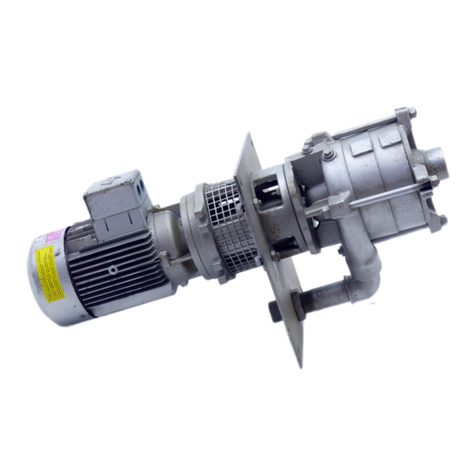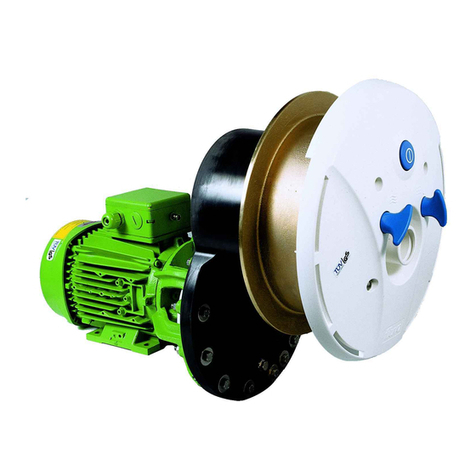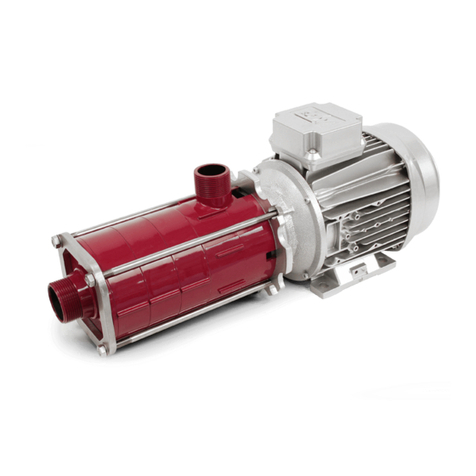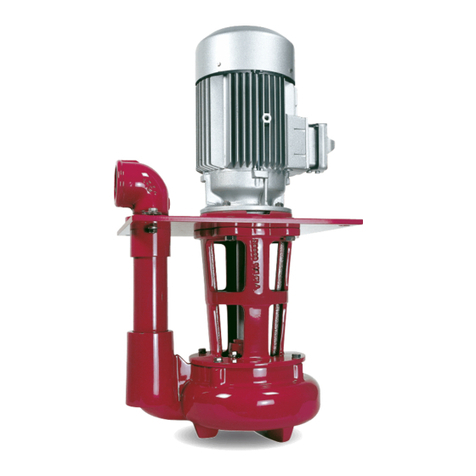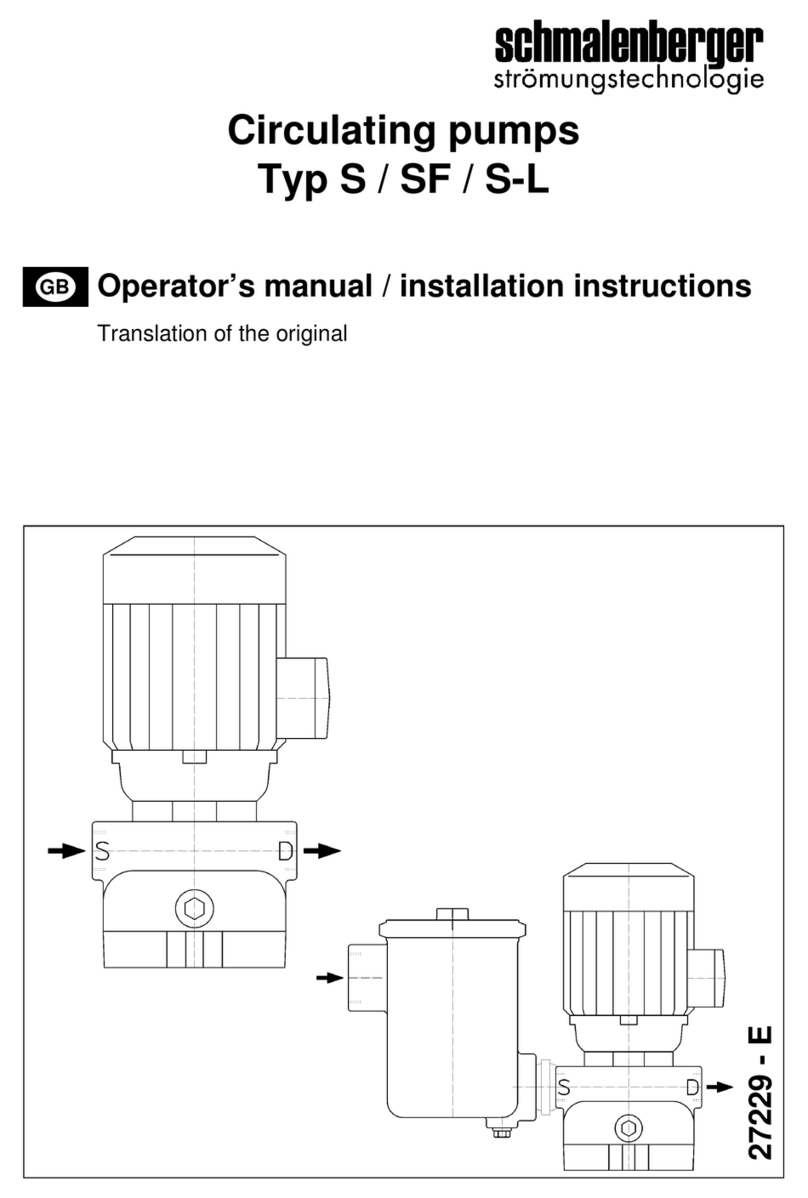
4 Pump NB/FB/WP/SM/F
Version: 27216 - E
Schmalenberger GmbH + Co. KG
D-72072 Tübingen / Germany
Table of contents
1 General Information .......................................................................... 6
1.1 User Information ..............................................................................................................6
1.2 Proper Use ......................................................................................................................6
1.3 Other Applicable Documents ...........................................................................................7
1.4 Technical Data Specification........................................................................................... 7
1.5 Safety Instructions ...........................................................................................................7
1.6 Temperature ....................................................................................................................8
1.7 Safety Instructions for Maintenance, Inspections, and Repair work ................................8
2 Transport, Storage and Assembly .................................................. 9
2.1 Transport and Storage ....................................................................................................9
2.1.1 Transport .........................................................................................................................9
2.1.2 Storage ............................................................................................................................9
2.1.3 Preservation ..................................................................................................................10
2.2 Unpacking, Cleaning and Assembly ..............................................................................10
2.2.1 Unpacking .....................................................................................................................10
2.2.2 Cleaning ........................................................................................................................10
2.2.3 Assembly .......................................................................................................................10
2.3 Setting Up and Connecting ...........................................................................................11
2.3.1 Before starting to set up, check the following ................................................................11
2.3.2 Installation and Set-up of the Pump ..............................................................................11
2.3.3 Connecting the Pipelines ...............................................................................................12
2.3.4 Electrical Connection .....................................................................................................13
3 Pump Operation .............................................................................. 14
3.1 Initial Commissioning ....................................................................................................14
3.1.1 Starting the Pump ..........................................................................................................14
3.2 Operation .......................................................................................................................15
3.2.1 Operation Monitoring .....................................................................................................15
3.2.2 Other Requirements ......................................................................................................15
3.3 Notices of Incorrect Operation .......................................................................................16
3.3.1 General Information .......................................................................................................16
3.3.2 Faults .............................................................................................................................16
3.4 Shutdown ......................................................................................................................16
3.5 Troubleshooting............................................................................................................. 17
4 Maintenance / Repair ...................................................................... 19
4.1 Maintenance / Inspection ..............................................................................................19
4.1.1 Checks ..........................................................................................................................19
4.1.2 Lubrication and changing lubricant ................................................................................20
4.2 Repair ............................................................................................................................20
4.2.1 Preparations for Disassembly .......................................................................................20
4.2.2 Disassembly / Removal of the Pump ............................................................................21
4.2.3 Disassembly / Dismantling the Pump ............................................................................21
4.2.4 Dismantling the Pump ...................................................................................................22
4.2.5 Mechanical Seal (GLRD) ...............................................................................................23
4.2.6 Reassembling the Pump ...............................................................................................23

